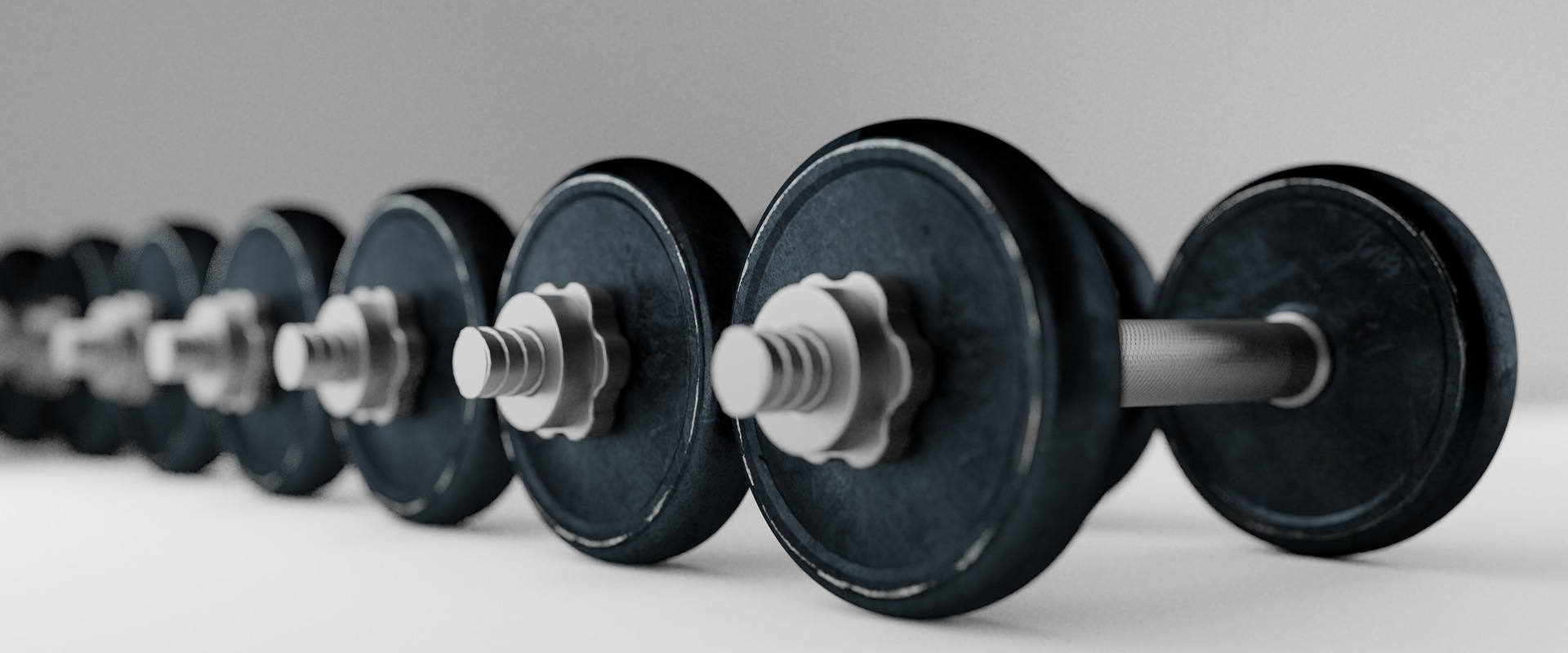BJJ is all about control, when you think of control most likely you would assume the guy on top has more control as he can use his bodyweight to assist him. However this is not always the case as the grappler on the ground can offset the amount of bodyweight the man on top can use by controlling the opponents body using his limbs. Strategic placements of the limbs on the opponent’s body to control the opponent’s movements are called hooks.
Just as the name implies, hooks are literally hooks which your form with your ankles and typically placed behind your opponents knee. This is typically used when the grappler is lying on his back facing his opponent. Hooks can also be employed during back control by hooking the opponent’s thighs with your calves. What hooks do is it gives the grappler a point to exert pressure in whichever way he wants on the knee joint to offset the opponent’s base, making him unstable. This decreases his base and makes it less likely for the opponent to stand or post and may even be a set up for a potential sweep.
Hooks are especially effective if an opponent is standing up or posting on one leg. While not as stable as a closed guard, it is still very dangerous if a grappler has his hooks in and knows how to use them. The easiest way to counter hooks, is to disengage and retreat from the grappler until the hooks are no longer in place. Alternatively you can just sit down in a kneel position and thus nullify the effects of the hooks.
Example of hooks on standing opponent: Example of hooks – article 17: http://www.fighting-mma.com/grappling-arts/short-legged-guardwork.php
Hooks are a lot easier to control if wearing a gi as you can simply grab the pants and disengage the hooks. However in no- gi this control is harder to achieve as the opponent can simply circle out of your grip and reattach the hooks.
Hooks are a good defense against guard passes and therefore to pass a guard you must first deal with the hooks. An attempted guard pass with hooks still in is most likely going to end up with a sweep due to a decreased balance.
Example of a sweep using hooks: feature image 1 – http://www.artemisbjj.com/category/news/position-of-the-month/
Try and play around with hooks instead of jumping straight into guard. As a beginner just open your guard and allow your opponent to stand or post, this is when you can insert your hooks into his knee joints. Apply constant pressure from inside. Try applying forces in different directions, try just following your opponents movements. Get a feel of what hooks feel like and for now just focus on just maintaining it first. As you get better learn how to use hooks to throw your opponent off balance, especially in conjunction with his movements. Good luck!
